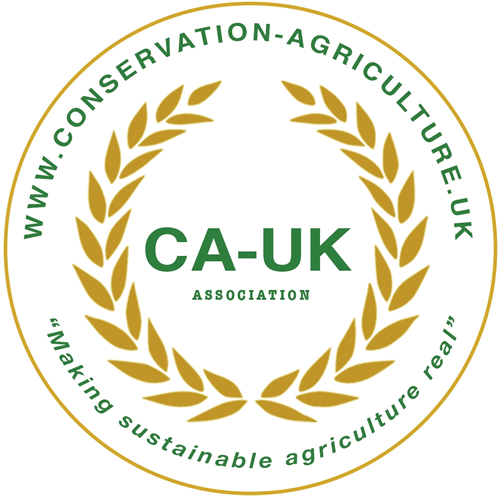
The Problem
 Globally, some 7 million hectares of farmland under conventional tillage agriculture are lost every year because of soil erosion and degradation.
Globally, some 7 million hectares of farmland under conventional tillage agriculture are lost every year because of soil erosion and degradation.  This loss is mainly caused by: mechanical soil disturbance through tillage; not protecting the soil surface with biomass; not providing organic substrate to feed soil life; and not promoting diversified cropping systems.
This loss is mainly caused by: mechanical soil disturbance through tillage; not protecting the soil surface with biomass; not providing organic substrate to feed soil life; and not promoting diversified cropping systems. Cereal yields in conventional tillage agriculture have stagnated in Europe during the past two decades, and many of ecosystem services from tilled agricultural soils and landscapes are in a poor state.
Cereal yields in conventional tillage agriculture have stagnated in Europe during the past two decades, and many of ecosystem services from tilled agricultural soils and landscapes are in a poor state.  Conventional tillage agriculture in Europe is now considered to be economically and environmentally unsustainable.
Conventional tillage agriculture in Europe is now considered to be economically and environmentally unsustainable.
Conventional tillage agriculture causes loss of soil organic matter, soil structure and soil health, leading to decrease in water infiltration, increase in water runoff and frequency of floods and droughts, increase in soil erosion and degradation, and decrease in agricultural productivity and farm output.
Loss in soil health also leads to destruction: of soil- and landscape-mediated ecosystem functions and services to society such as the delivery of clean water, erosion control, carbon sequestration, pollination service, and of below and above ground biodiversity and food chains.
Thus, conventional tillage agriculture has become economically, environmentally and socially unsustainable, inefficient, expensive and vulnerable. It has poor ability to self-repair and self-protect, and it is not able to restore the damage caused by soil erosion and degradation. The destruction of soil and landscape health by tillage farming (with bare soils in poor health and low level of crop diversification) has led to severe loss in resilience in crop production, and in farming in general, to biotic and abiotic stresses, including those arising from climate change.

